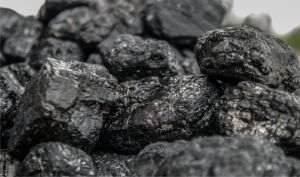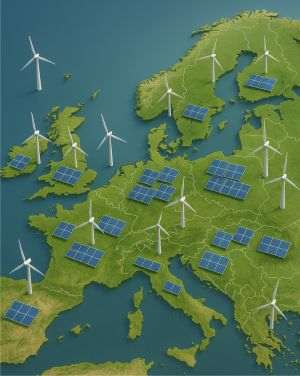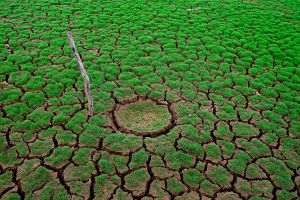The duration and frequency of heat waves in Romania have increased significantly in recent decades, and projections point to an increasingly hot future. By 2040, approximately 50% of the urban population will be affected by extreme temperatures, especially in cities such as Bucharest and Craiova, according to the "State of the Climate - Romania 2024" report. The document draws attention to the intensification of extreme climate phenomena and the major impact they will have on public health and the economy.
• Escalation of the global climate crisis
The global climate crisis reached a tipping point in 2023, with an increase in the global average temperature of 1.48°C compared to the pre-industrial period, the report points out. Almost half of the days last year exceeded the 1.5°C threshold set by the Paris Agreement, indicating an alarming direction in the evolution of the global climate. These changes also have a profound impact in Romania, which is already feeling the intensification of heat waves. Between 1950 and 2023, the duration and frequency of heat waves increased significantly, especially in the southwest and east of the country, where these phenomena were prolonged by more than 25-30 days. Projections for the future show that this trend will continue until the end of the century, profoundly affecting public health and economic productivity, especially in urban areas.
• Drought - a major threat
In addition to heat waves, drought is becoming an increasingly serious problem for Romania. During the period 2018-2023, moderate, severe and extreme droughts affected increasing areas of the country, with devastating effects on agriculture and food security. The 2018-2021 drought is considered the longest and most severe on record, and the aridification phenomenon continues to profoundly affect ecosystems and agricultural production.
In addition, severe storms became more frequent, especially in the east and north of the country, and conditions favorable for such extreme weather events intensified between 1940 and 2023. Projections for the period 2025-2050 indicate a continuation of these trends, with a significant negative impact on agriculture and infrastructure.
• Urbanization and heat island effects
Romanian cities are becoming increasingly vulnerable to climate change. The Urban Heat Island phenomenon, where urban areas become warmer than rural areas, amplifies the effects of heat waves. Temperature differences between cities and surrounding areas can reach up to 7-8°C. This phenomenon will directly affect about half of the urban population by 2040.
• Climate policies - an urgent necessity
The report emphasizes the importance of integrated climate policies for climate change adaptation. Although Romania has implemented measures for energy efficiency and the promotion of renewable energy, the lack of a national climate law and the poor implementation of existing measures highlight the need for an integrated vision. The European Green Deal and the European Climate Law set clear goals for achieving climate neutrality by 2050, but the energy transition requires a profound transformation. The energy sector, still dominated by fossil fuels, is at the center of this transition. Romania has ambitious plans to increase renewable and nuclear energy capacities by 2050, but electrifying the economy and developing energy storage infrastructure are crucial to achieving these goals.


































































